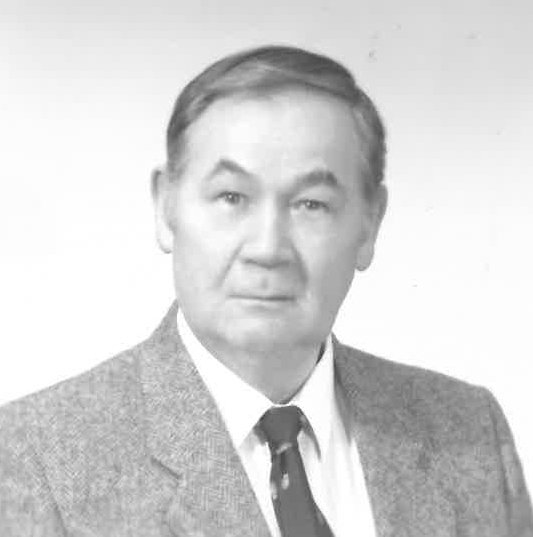Obituary of Feliks Wegierski
Feliks Wegierski, artist and World War II veteran
Feliks Wegierski, was born in Dzialdowo, Poland, 14 January 1923, and died in Toronto, Ontario, Canada, 29 July 2019 (at 96 years of age).
Feliks Wegierski was born in Dzialdowo, in north-western, pre-war Poland, in 1923. He showed an early aptitude for sketching and drawing, and carved small wooden toys for his eight siblings (three brothers and five sisters).
During the Second World War, Feliks served as an artilleryman in the Polish Second Corps under British command, which fought in the Italian theatre-of-operations. Feliks made numerous wartime drawings, which he was able to preserve for posterity and later publish in book form in 2008 (on the occasion of his 50th Wedding Anniversary).
He studied art at the Accademia di Belle Arti in Ravenna; architecture and sculpture at Cheltenham; and, later, furniture making and design in London, England (London County Council Central School of Arts and Crafts). One of his original furniture designs was exhibited at the Festival of Britain in 1951 (an exposition which occurs once every hundred years).
Feliks immigrated to Canada in 1952, and eventually worked as Stationary Engineer for the Toronto Board of Education. His furniture designs appeared in several issues of Canadian Homes and Gardens.
Feliks married Henryka Wasowska in 1958, and they have one son, Mark.
In the 1970s, Feliks participated in an exhibition at the Polish veterans’ building at Beverley Street, near downtown Toronto. In the 1990s, Feliks had exhibitions of his carvings (mostly of North American wild animals) at the Runnymede Public Library (Toronto Public Library system); the Toronto Board of Education Head Office Building; and the Polish Credit Union Building on Roncesvalles Avenue (in earlier years, the main street of the Polish-Canadian community in Toronto).
Three of his large, finely-rendered crucifixes were acquired by the Catholic University of Lublin, Poland.
One of his original Nativity crèches was acquired by the Regional Museum in Torun, Poland, while three others have been acquired by the St. Joseph’s Oratory Museum in Montreal, Quebec. Five were most recently acquired by the Anglican St. James’ Cathedral in Toronto -- the headquarters of the Anglican Church in Canada. The latter were shown, among other places, at an international exhibition of nativity crèches at the famous Royal York Hotel in downtown Toronto.
In December 2011, his crèche from the Regional Museum in Torun was displayed at the historic City Hall of Torun, at the centre of the Old Town Square.
In November 2012, there are appeared an article, “Feliks Wegierski: Artist of Tradition and the Sacred” in the magazine Catholic Insight (Toronto) (p. 15). It was written by Apolonja (Pola) Maria Kojder, a noted Polish-Canadian author.
In 2013, Feliks’ finely rendered Krakovian crèche, over a meter in height, was written about in The Toronto Star (December 23, 2013, p. A6) (a major, mass-circulation Canadian newspaper).
In 2015, his Polish Mountaineer (Goral) Szopka was acquired by St. Padre Pio Church, located in a region north of Toronto. In 2018, his Kuyavian Szopka was acquired by St. Padre Pio Church.
Feliks has sculpted four Ways of the Cross (each consisting of fourteen Stations). One was acquired by the Mary, Queen of Poland parish in Scarborough, Ontario (a suburb of Toronto); one by the Holy Spirit parish in Barrie, Ontario (a town north of Toronto); one by the Divine Mercy parish in Torun, Poland (at St. Faustina Street); and one by the Higher School of Hebrew Philology in Torun, run by the Franciscan Brothers. This fourth Way of the Cross was a unique interpretation, where only the hands and arms of the figures were shown. In 2017, this Way of the Cross was conveyed to a Roman Catholic church in Liepaja (Lipawa), in Latvia.
Some of Feliks’ sculptures, sketches, and personal papers have been acquired by the prestigious Emigrants’ Archive (Archiwum Emigracji) at the Nicolaus Copernicus University in Torun. His original wartime drawings as well as some later carvings of Polish military insignia are deposited at the Pomeranian Military History Museum in Bydgoszcz, Poland.



